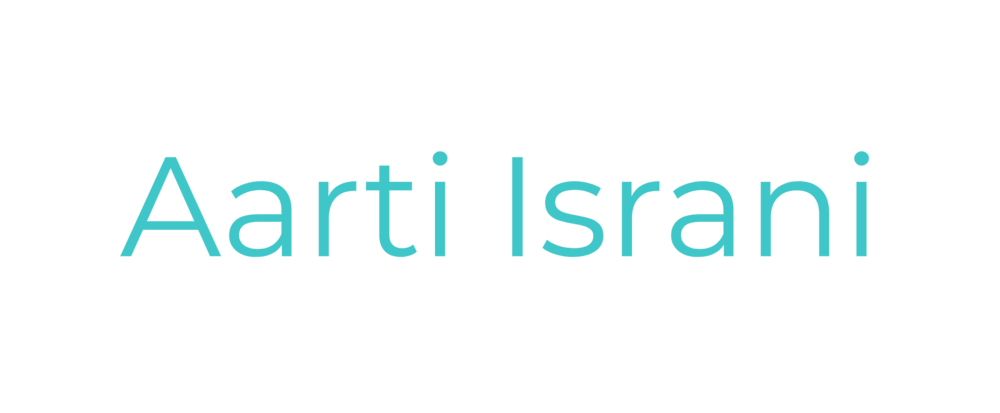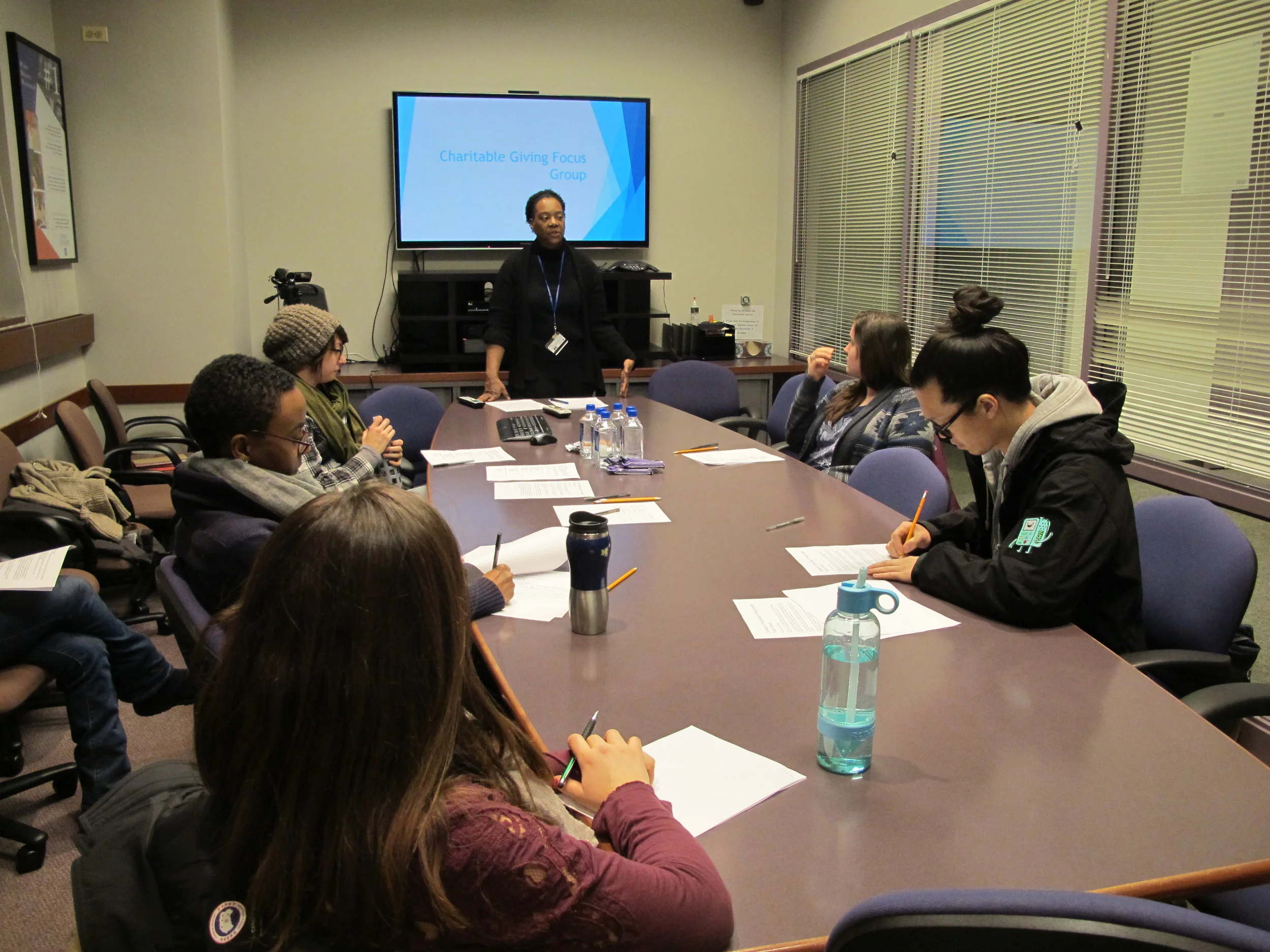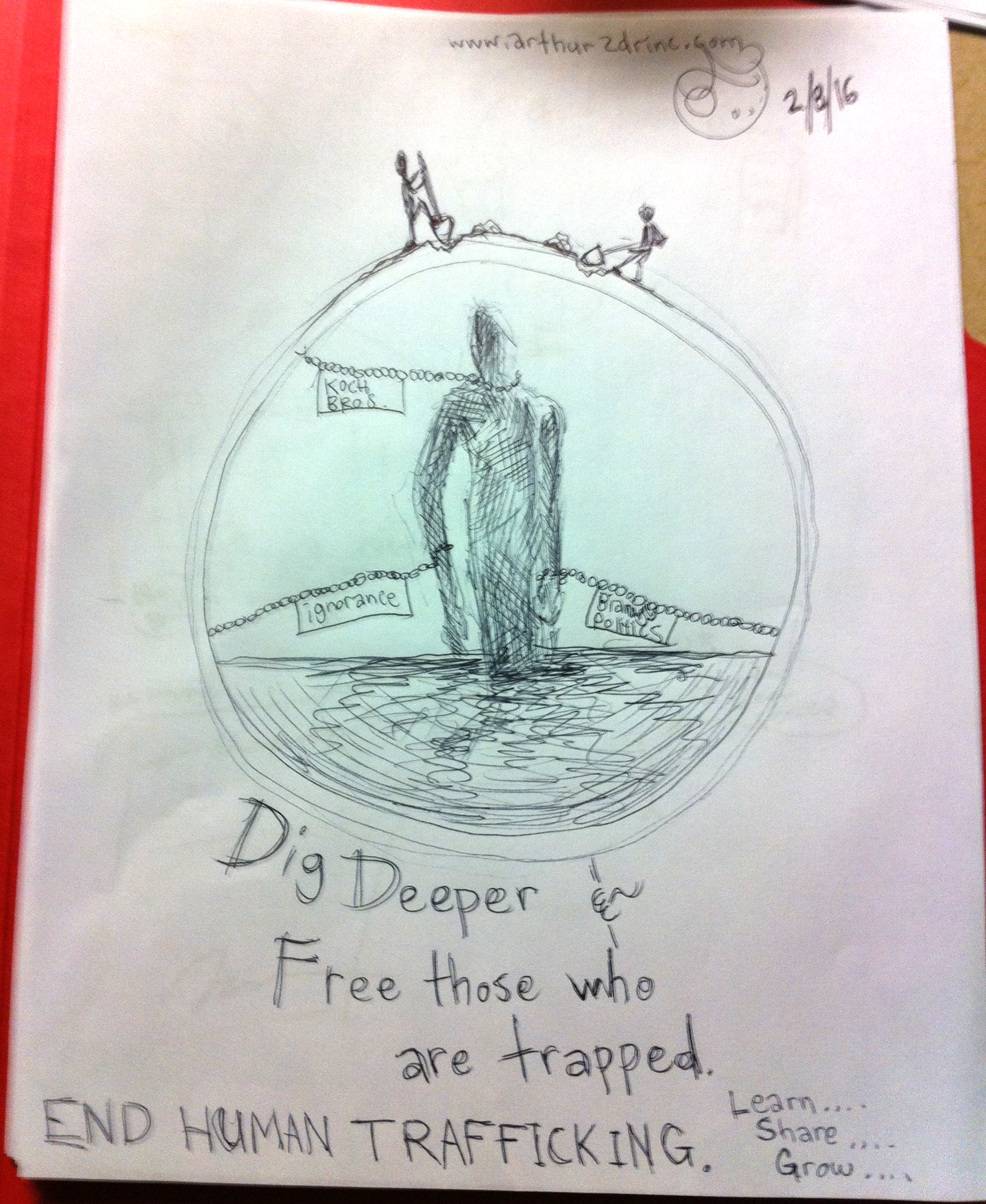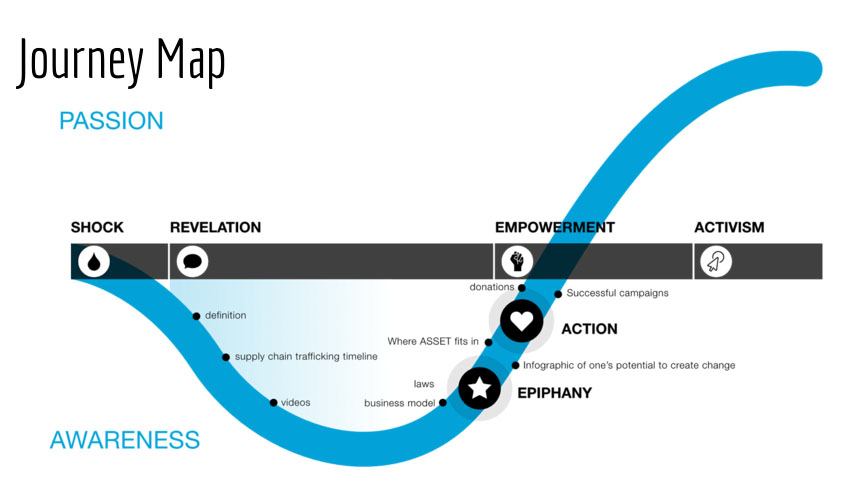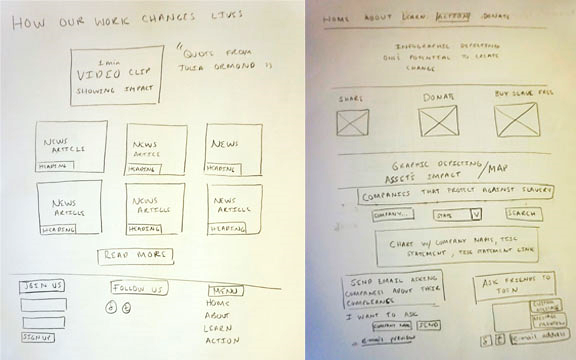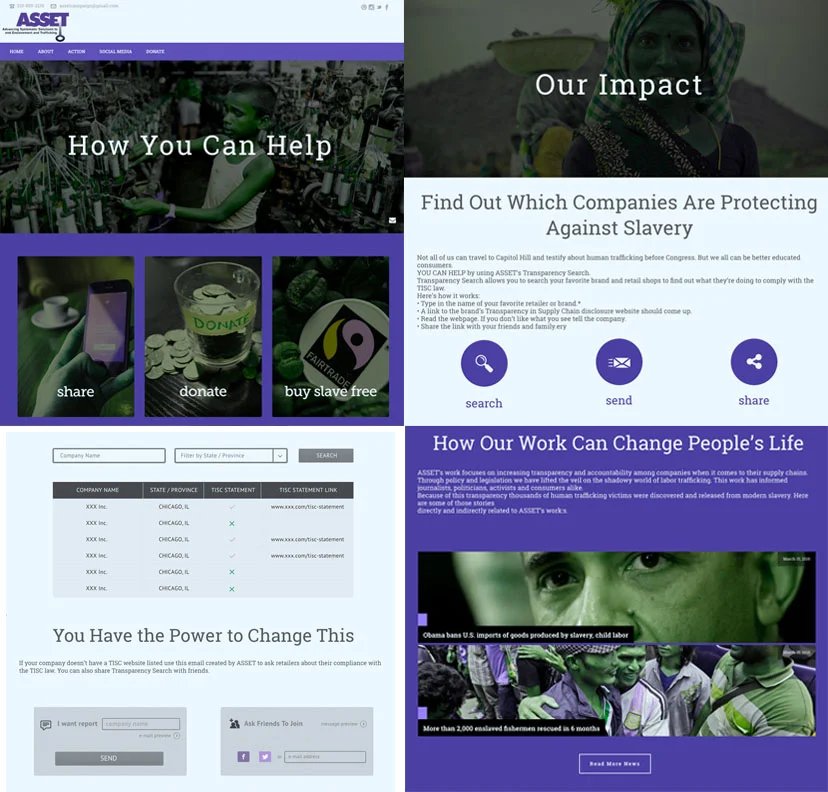UX Research & Design: Project ASSET
ASSET (Advancing Systemic Solutions to end Enslavement and Trafficking) is a non-for-profit organization that seeks to eradicate human trafficking and modern slavery by increasing supply chain transparency. To achieve this end, ASSET strives to generate awareness around trafficking and modern slavery, raise consumer consciousness around purchasing products, and affect social and legal change. For this project, we designed a website to enable ASSET to achieve these goals digitally.
My Role
I worked on this project with 5 classmates as a part of my Masters Program. My primary role on this project was defining and managing our user research strategy and leading data analysis sessions to draw insights from the data gathered from research.
Stakeholder Interviews
Initially, we conducted interviews with ASSET’s founder and chairman of the board to gain an understanding of ASSET’s vision, target audience, challenges, and goals.
Heuristic Review & Competitive Analysis
One of my teammates conducted a heuristic review of ASSET’s current website along with a competitive analysis of four non-for-profit organizations in the human trafficking and modern enslavement space.
Research Strategy
Using insights gained from our stakeholder interviews and competitive analysis, I led an effort to define questions that our research should address to align our strategy with ASSET's vision and goals. Ultimately, we focused our research on understanding how ASSET could engage the average consumer in its goals of generating awareness, raising consumer consciousness, and affecting social and legal change.
Interviews
Objectives:
- To understand the average consumer's experiences with charities
- To understand what consumer's consider when purchasing products
- To understand their overall perceptions about human trafficking and enslavement
Participants:
- 7 people (ages 24-55)
Process:
- We each conducted 1-2 interviews (a total of 7 interviews) with average consumers
- We asked participants about their experiences with charities, what they consider when purchasing products, and their overall perceptions about human trafficking and enslavement.
Focus Groups
Focus Group
Objectives:
- To further understand the motivations and triggers that caused consumers to participate in charitable causes
Participants:
- 6 people (ages 24-35)
- All participants had some level experience working with charitable causes
Activities:
Artifact from Focus Group Drawing Activity
- Discussion: Invited participants to share their personal experiences with charitable causes
- Word Pictures Activity: Invited participants to share their thoughts and emotions when viewing pictures of victims with various social ills including trafficking
- Drawing Activity: Invited participants to draw what activism looked like to them using paper and pencils, allowing our participants to express their thoughts and emotions in a unique medium
Process:
- I worked with one of my teammates to prepare a Focus Group session with the activities described above
- My teammate and I moderated the focus group; Others in our group took field notes and pictures of the session
Analysis
Initially, we used Stormboard and inductive coding techniques to asynchronously analyze the data gathered from our interviews and focus group sessions. I led an in-person session with my teammates to further analyze the data gathered. Using markers and a whiteboard, we identified the most salient themes for our research. We identified patterns in the way our participants contributed to charitable causes. We sketched a journey map, capturing the ideal journey a consumer would pursue when visiting ASSET’s website, moving from awareness to action.
Documenting patterns that emerged from the data
Sketch of the Ideal User Journey through ASSET's website
Findings
We derived insights about why people gave, how they gave, and what they wanted to know about human trafficking.
Persona, Journey Map
We used the insights gathered to construct a persona, helping our stakeholders develop empathy and an understanding of their target audience. One of my teammates used Photoshop to design a map of the user's journey via ASSET's website, translating our initial sketches into something that we could more easily present to our clients.
Persona: Target Consumer
Journey Map
Design: Sketches, Wireframes, Website
Using the insights gathered from our analysis and our user journey map, we sketched ideas of how content should be organized on ASSET's website. One of my teammates used InDesign to translate these sketches into a sitemap that we could present to our client. We individually sketched ideas for a responsive desktop platform and transformed these sketches into wireframes using Axure. One of my teammates used WordPress to translate our wireframes into a website that would allow ASSET to engage with consumers. We presented our findings and designs to ASSET stakeholders.
Sketches to Sitemap of ASSET Website
Sketches: ASSET Website
ASSET Wireframes
Images from our Wordpress-based Website
